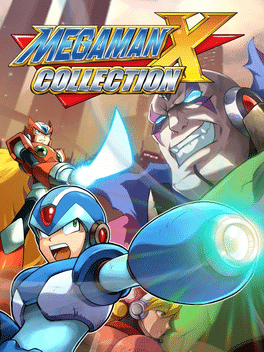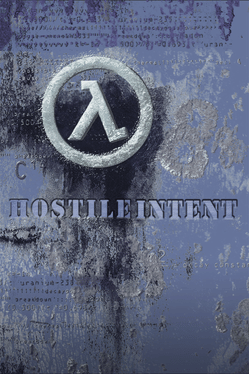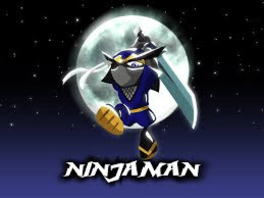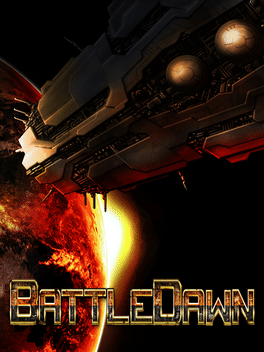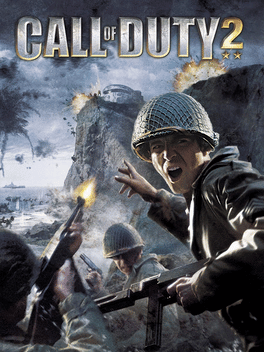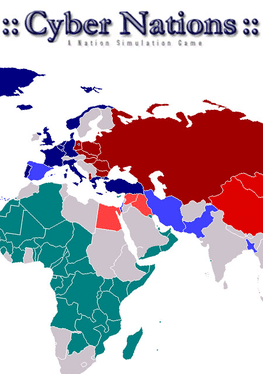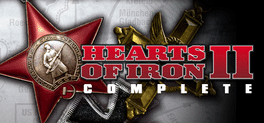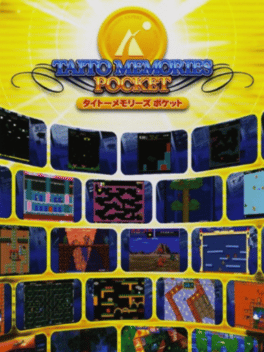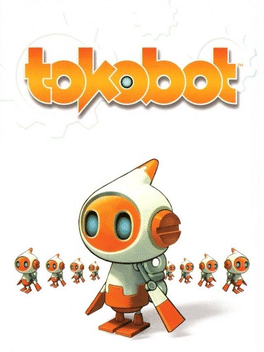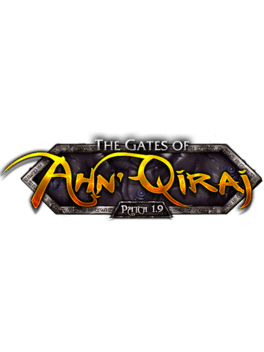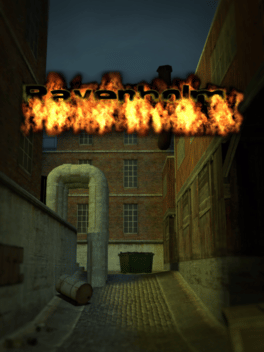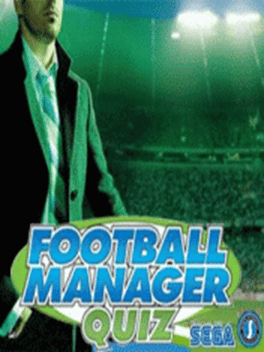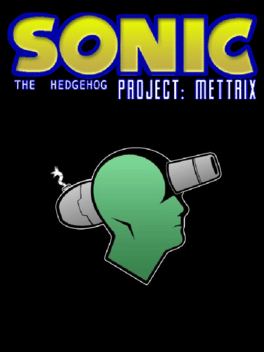New Games - Page 10295
-
Mega Man X Collection
2006
star 8.5Mega Man X Collection contains the first six games in the Mega Man X series. Mega Man X and Mega Man X2 are based on their appearances on the SNES. Mega Man X3, also originally on the SNES, is based on its 32-bit update for the PlayStation, Sega Saturn, and PC. The remaining three games are based on their PlayStation renditions. All the games now use save files, including the first few titles that originally necessitated a password for continuation, though upon loading save data, the player is still greeted with the old, fully-functional password entry screen, complete with the correct password to access the saved game. Mega Man Battle & Chase is a game that is unlocked after completing the first three games. It is a classic series kart-racing game previously unreleased in North America. Mega Man X Collection also contains unlockable artwork and music. -
Hostile Intent
2006
Hostile Intent
2006
Hostile Intent focuses teamwork, communication, and realism over a run and gun playstyle. Hostile Intent for all intents and purposes is the thinking man's First Person Shooter. In Hostile Intent the player has to use cover wisely, conserve his ammo, work well with his teammates, use communication effectively, keep the mission at the forefront of his mind and especially keep his cool under fire. -
Ninjaman
2006
Ninjaman
2006
The game features a "runner" style action gameplay, where players guide the samurai through various stages, dodging obstacles and engaging in combat to reach the end of each level. -
Newdoom Community Project
2006
Newdoom Community Project (aka NDCP) is a 2006 megawad that contains 32 new levels, made by members of the Newdoom community. It was one of the winners of Doomworld's Cacowards in 2006, and was followed by a sequel, NewDoom Community Project II, in 2009. -
Sugar Sugar Rune: Heart Ga Ippai! Moegi Gakuen
2006
Sugar Sugar Rune: Heart Ga Ippai! Moegi Gakuen is an Action game, developed by Open Sesame and published by Bandai, which was released in Japan in 2005. -
Battle Dawn
2006
Battle Dawn
2006
Battle Dawn, developed by Tactic Soft, is a free to play, browser based MMOG. Players will step into the shoes of a leader controlling a small colony that can one day take over the whole world. You'll build up your colony, army, interact with other colonies, and in the end make the biggest impact on your world that you can. -
Call of Duty 2
2006
Call of Duty 2
2006
star 6.9In the mobile version of Call of Duty 2, you take the roles of various soldiers fighting through World War II. There's four years (1942-1945), each one with two soldiers to choose from, each with their own set of missions. Everything but the first missions are locked, and you have to complete them to unlock the later ones, eventually unlocking the next year as soon as you finish every mission in the earlier one. The missions can vary wildly, from location to objective and weapons. In some missions you have a team of soldiers to help you out, in others you have to work solo. You'll be instructed along the mission on what to do, as well as receiving hints and tips on how to do it. You may have to take down enemy troops, call in airstrikes, hide from bomber attacks, destroy enemy vehicles or even be left all alone sniping enemy units. The time you take to beat the mission is stored so you can try to beat the default "best time" or your own best time. The game works in a pseudo top-down view, since the game works lik -
Cyber Nations
2006
Cyber Nations
2006
Cyber Nations is a massively multiplayer online geo-political simulator, released in 2006. -
Hearts of Iron 2 Complete
2006
Includes Hearts of Iron II plus the two expansions, Doomsday and Armageddon When Germany is defeated in 1945, the Allies and the new Soviet alliance fight for supremacy. World War III is drawing closer. Play as the ruler of one of 175 countries through World Wars II and III. -
Taito Memories Pocket
2006
This was a portable version of Taito Memories that was released for the PSP in 2006. -
Tokobot
2006
Tokobot
2006
star 6Players take on the role of the young hero Bolt, a quick thinking agent who has discovered some friendly, highly advanced robots called "Tokobots" during his explorations of ancient ruins. With the help of the loyal Tokobots, Bolt will reveal mysteries and save the world from a horrible plot, as the Tokobots faithfully follow him on his journey, helping him to avoid obstacles, traps and enemies, by working together to create "team combos". During these actions, the Tokobots team up to take on different combinations in order to simulate everything from a ladder that Bolt climbs to wings that allow him to fly over large obstacles. The player will have to use strategy and skill to create these team combos in order to complete each level and succeed in the game. -
The Carnage Continues
2006
The Carnage Continues is a modification for Blood that was developed over several years, with it being finally released on January 4, 2006, although the author commented that it could never be finished entirely as intended. The add-on was created by Harry, with one level jointly developed with Joel "Reactor" Blackwell (co-creator of Gods, the Epic Trilogy from 1998). -
World of Warcraft: The Gates of Ahn'Qiraj
2006
The great desert fortress of Ahn'Qiraj, long sealed behind the Scarab Wall, was home to the insectoid qiraji, a savage race that had once mounted an assault to devastate the continent of Kalimdor. But something far more sinister lurked behind Ahn'Qiraj's walls: the Old God C'Thun, an ancient entity whose pervasive evil had suffused Azeroth since time immemorial. As C'Thun incited the qiraji to frenzy, both the Alliance and Horde prepared for a massive war effort. A mixed force of Alliance and Horde soldiers, dubbed the Might of Kalimdor, opened the gates of Ahn'Qiraj under the command of the indomitable orc Varok Saurfang. Their charge: lay siege to the ruins and temples of Ahn'Qiraj, and vanquish the terrors of ages past. -
Ravenholm
2006
Ravenholm
2006
Developed in the Czech Republic by Lord Games, Ravenholm is a single-player Half-Life 2 modification based around the terrifying atmosphere, visuals and gameplay from the Half-Life 2 chapter of the same name. With a different and greatly expanded story and many new locations, you will find yourself battling many more zombies, headcrabs and more in a bid to free the town from this horrific, nightmarish infestation. The atmosphere in the original HL2 game was both interesting, and terrefying, and that is the driving force behind our choice on creating a modifacation on that enviroment alone. All maps from this modifacation have a very similar kind of feel of atmosphere and gameplay from the original Ravenholm, but with an different and expanded story, and many new locations. So, you will find yourself battleing many more Zombies, Headcrabs, and more. The sequel to the story after John (our player) escapes from Ravenholm goes on to Eye of the Storm. -
Football Manager Quiz
2006
Although it's based on the planet's best football management game on PC, console and PSP, Football Manager Quiz takes a different spin on the genre. Instead of taking your team to the top of the Premier League with cunning tactics and wheeler-dealer transfer skills, success is based entirely on your footie-trivia knowledge. -
Pump It Up Zero
2006
Pump It Up Zero
2006
Pump It Up Zero is the 12th (domestic) and 7th (international) release of Pump It Up series. This game is the third and final game in the Exceed series developed by Team Freevolt. -
Sonic the Hedgehog: Project Mettrix
2006
Sonic the Hedgehog: Project Mettrix is a fan game led by Stealth, created using his own E02 Game Engine. This platform makes this game available to DOS, Windows, Linux, MacOSX, PSP (CFW), and Wii (Homebrew Channel) users, and has allowed a significant amount of mechanical evolution from the game's earlier incarnations. -
Carl the Caveman: Christmas Adventures
2006
Every year on Christmas Eve, Santa Claus leaves his house with gifts addressed to all children. But a great misfortune happened: the snowman decided to ruin the holiday and stole every single gift! And to make it more difficult to find them, he scattered them across ice caves and snow-covered rocks. Now saving the holiday depends only on you. You will control a smiling and cute troglodyte, hit the road and collect all the scattered gifts of Santa Claus. But be extremely careful! You can crash on sharp ice, get caught in a stone bag and a bunch of other troubles. -
A-Ressha de Ikou EZ
2006
-
Ford Racing: Full Blown
2006
Ford Racing: Full Blown is a racing game released by Sega in 2006. The game is an arcade port of the 2005 console and PC title Ford Racing 3 (also developed by Razorworks but published by Empire Interactive) but with some adjustments made for arcade play.

